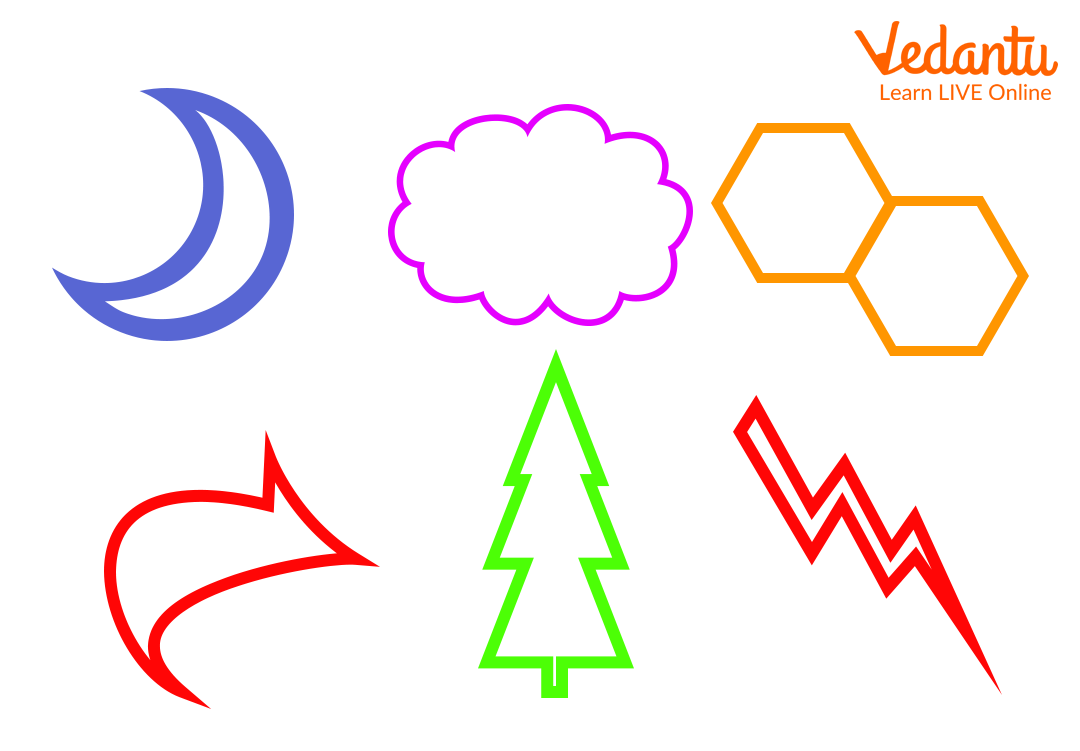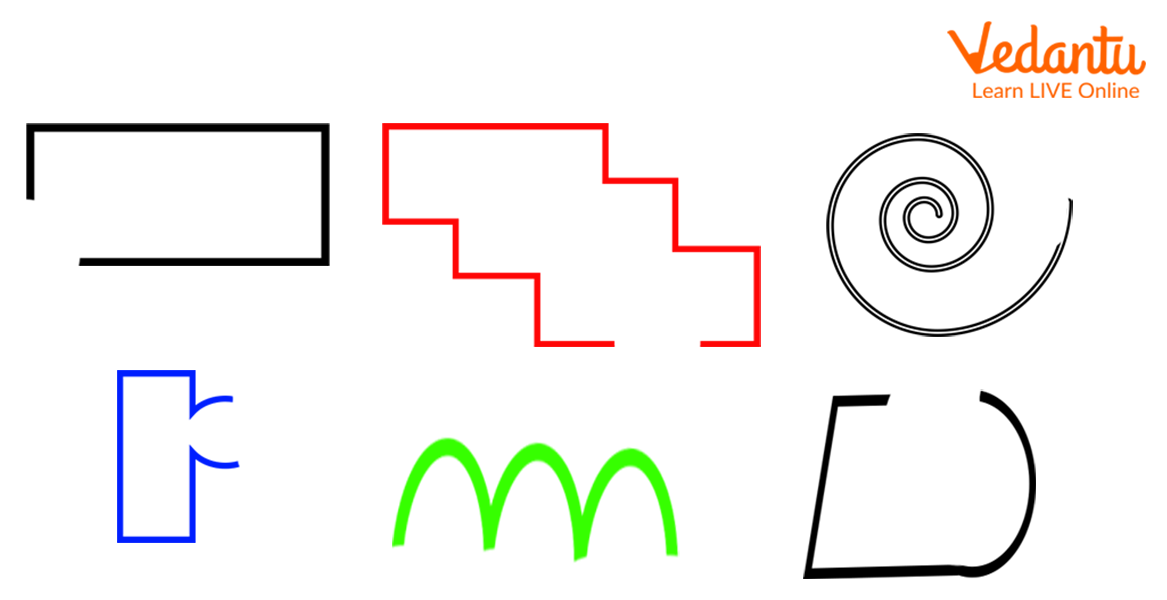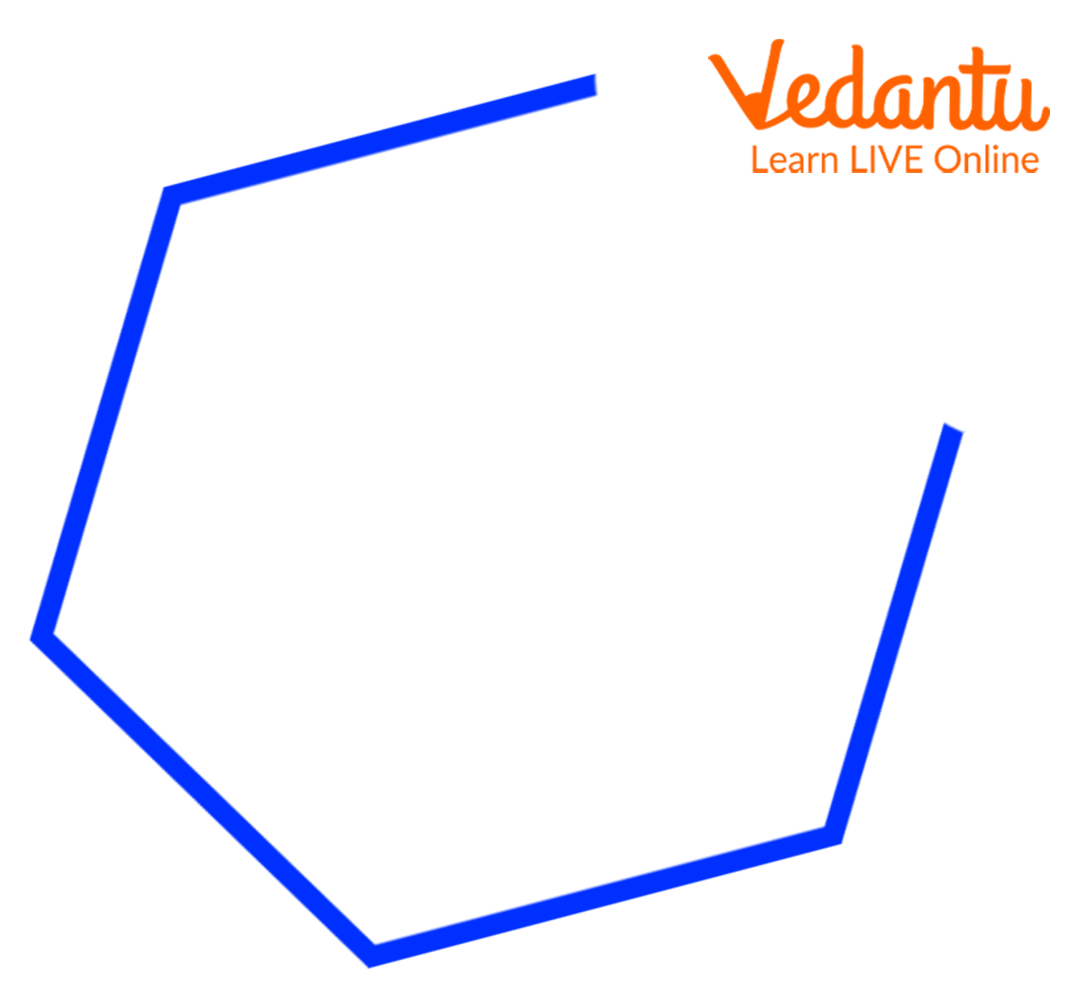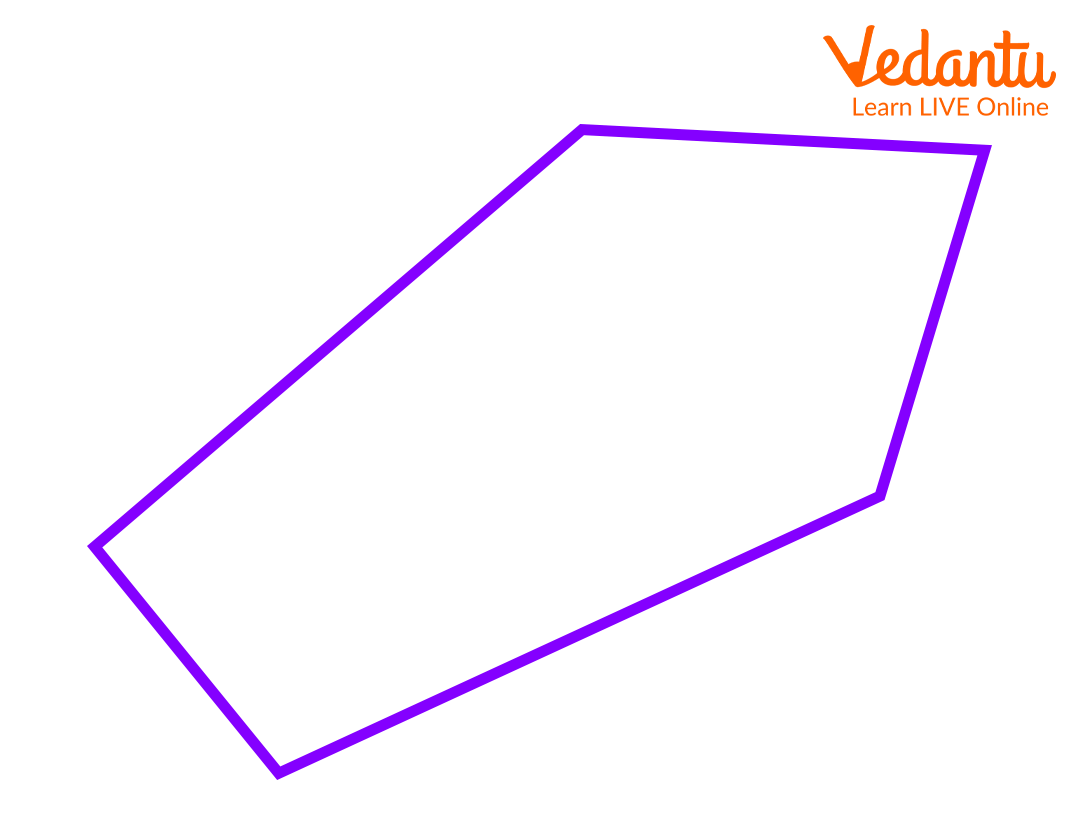




Fun Way to Learn and Differentiate between Closed and Open Figures
Learning shapes and figures at an early age is an important part of academic training. Identification of the different shapes is considered one of the fundamental prerequisites in Mathematics. Apart from being crucial for the understanding of Mathematics, kids also greatly enjoy learning about different shapes and figures.
Kids have a dynamic curiosity about learning new things like the different shapes that can be found in nature which is a fun way to learn new concepts. Learning about different shapes and figures can enable the students to become more aware of their surroundings and recognise similarities amongst things and also comprehend artistic works thoroughly.
The article focuses on creating an understanding of the closed figure. It also mentions the difference between closed figures and open figures.
What is a Closed Figure?
Let us start our discussion by understanding what is a closed figure. A closed figure is defined as a shape where there are no open endings. In a more mathematical sense, it can be defined as a shape or curve where the line segments are connected and have the same starting and ending point. Some of the examples of the closed shape are mentioned below.

Figures that represent the closed shape
What is an Open Figure?
Since we have understood what are closed figures, let us look into the definition of open figures. An important trick to identifying the shape is to remember that the open figure is the opposite of the closed figure. Open figures are categorised by having open ends. A more precise definition of the closed figure defines it as the shapes and figures where the line segment forming it is not connected. The line segments do not have the same end points. The figure mentioned below provides examples of the open figure.

illustrations showing examples of open figures
Identification of Shapes
As we have learnt about both the open and closed figure, let us practice some questions that can help kids better understand the closed figure and open figure.
1. Is the shape shown below a closed figure or an open figure?

Solution: Since the image shown above has different start and end points, it can be classified as an open image.
2. Identify the image given below.

Solution: As the shape provided has all the sides closed and the end and start points are the same, it is categorised as a closed figure.
Fun Fact about Open and Closed Figures
When a structure is defined as a closed figure, it may be traced with a pencil all the way back to the start, with no breaks. The case does not hold true for open figures.
Conclusion
In former sections of the article, we mentioned what are open and closed figures, we also learnt some examples of the identification of shapes. Teaching kids about different shapes and structures is one of the most important lessons in kindergarten. A small tip that parents can use for better understanding is the introduction of fun ways to practise the lessons. Even though the lessons are taught in school, practising the lessons at home via activities can help kids to develop a clear understanding of concepts.
FAQs on Introduction to Closed Figure Vs Open Figure for Kids
1. What should be the approach of teaching figures to kids in kindergarten?
Parents and teachers can teach kids about different shapes and figures by showing them pictures of different shapes. It can help to better conceptualise and identify the shapes. Another important point while teaching fundamental shapes is to relate them to the objects around them. This will assist children in making connections between basic shapes and their surroundings. We recommend that parents begin with fundamental forms and progress to more complicated shapes over time.
2. Name an activity that can be planned to teach about open and closed figures.
A fun activity that can engage and motivate children to learn shapes is allowing them to make different shapes using clay moulds. It is an efficient activity in which kids can use their creativity. Teachers or parents can later ask them to group the structures as closed and open figures.











